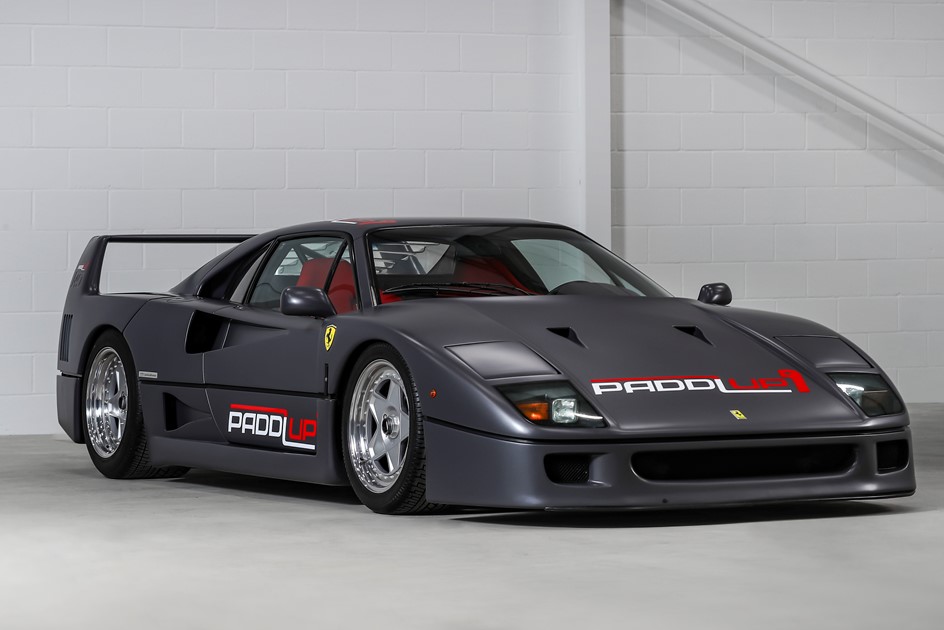50LD: the rise of the F40 to become the ultimate investment car
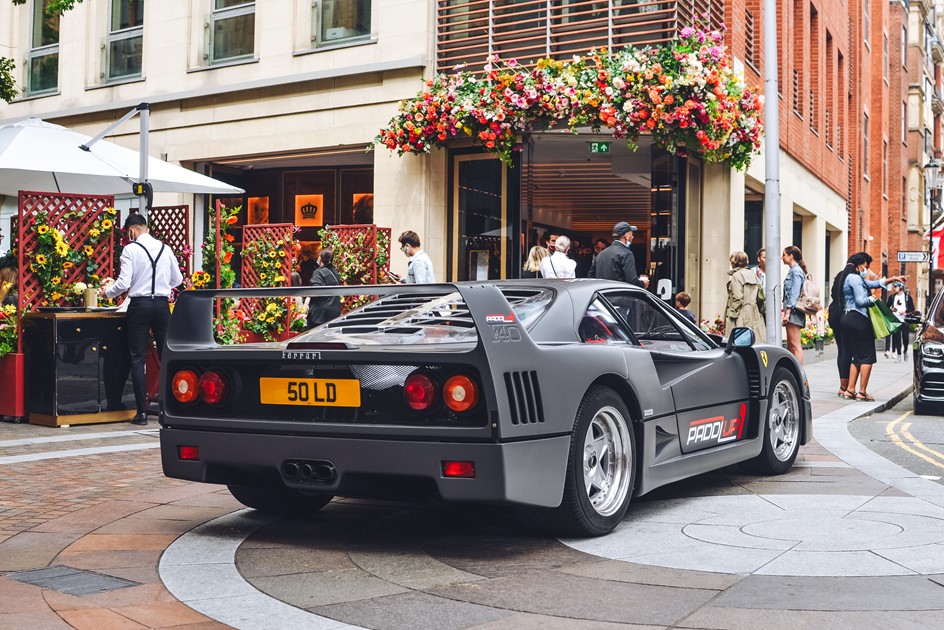
To many, the Ferrari F40 is the epitome of the performance car. One of the original 'poster cars', this model's popularity has only increased over time, and with it, auction values have soared in recent years. Acting as the original PaddlUp brand ambassador from day one, our F40 was making a name for the company before we even had a physical showroom.
The market for the legendary Ferrari model is at an all-time high and so, in the collective minds of the PaddlUp team, it seemed the perfect time to create the ultimate case study for the 𝘶𝘭𝘵𝘪𝘮𝘢𝘵𝘦 investment car, chronicling the F40's rise to power over the past decade.
Having collected all of the relevant data, which included sale prices, when they were sold and their respective currencies – which were predominantly in dollars and euros – we set about converting those values with the exchange rate from the exact date each car was sold to give a true representation of the market over time, something few have done before.
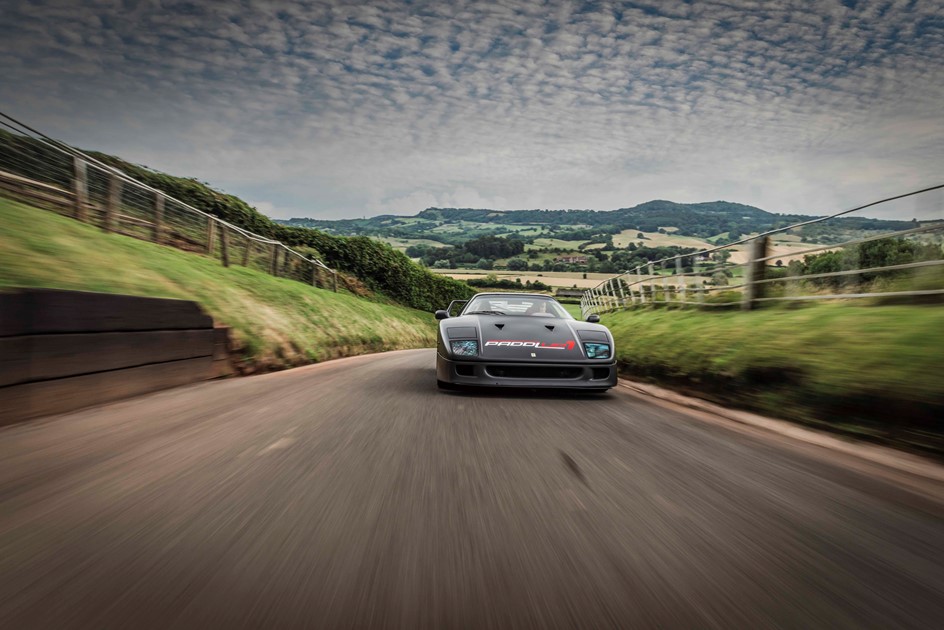
Production
Generic production data gave us a good set of building blocks for our analysis. There were only 94 originally registered in the UK and over 1,300 worldwide, meaning an original, intended for the UK is on the rare side at around one in 15.
Paintwork
Colours were the next item on the agenda, and we found some interesting results here as well. Although most were produced Rosso Corsa or 'racing red', there were several examples created in unique colours. For example, Diego Maradona received a black F40 from the factory.
The data
An overview of auction values over the past decade shows that they have unequivocally increased. In 2013, the average sale price at auction for all F40s globally was £665,000, whereas in 2021 it was £1.56million – roughly 2.5 times as much.
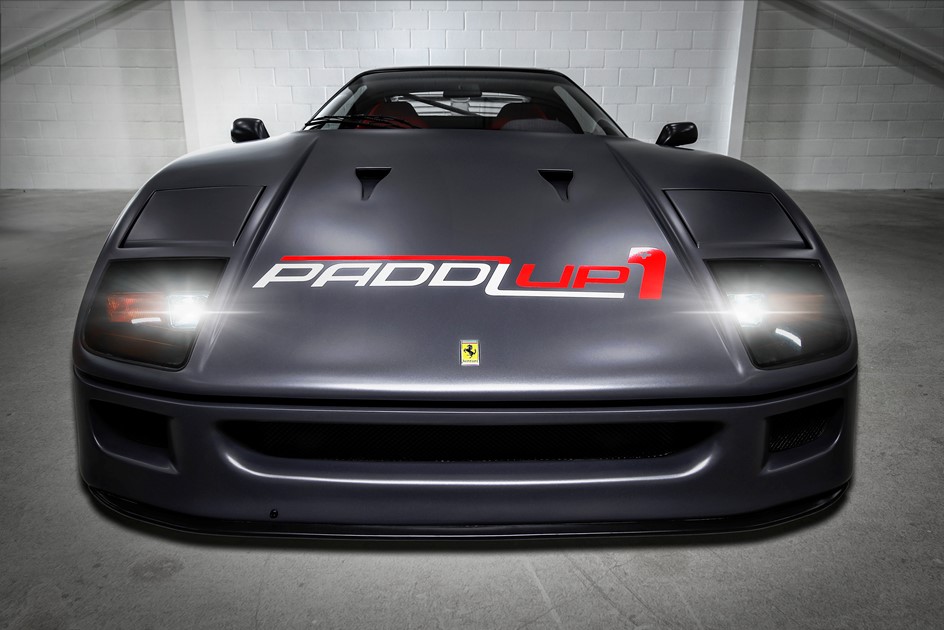
A standout statistic we can extract from the data is that through the 2010s, you see consistent growth and it's linear for most of that decade, but when coronavirus rears its head, a dramatic spike in auction values is clear to see.
If past values are converted using today's exchange rate then a dip from 2016 to mid-2018 can clearly be observed. However, when using the exchange rate from the date of each individual auction – which we have taken the time and effort to do – the value doesn't dip, it simply plateaus. It only dipped relative to the current exchange rate which is largely irrelevant when buying or selling supercars. When we look at the polynomial line of best fit it displays a distinctive rise, plateau and rise shape which provides a true indication of how the Ferrari F40 has performed over the past decade.

Going further back in time – although the data is extremely limited – it did spike shortly after production, selling for about £400,000 and we can estimate that it plateaued at around that price. Of course, we assume that there was some level of depreciation after the post-production spike, but the hypothetical line we can draw remains consistent with what we're seeing now, which is great news for modern-day F40 investors.
Daily value increase
One of the other main takeaways from the data is the model's approximate daily value increase. On average, a Ferrari F40's value will increase at a rate of approximately £288 per day. That is taking into account cars from across the spectrum, some that had 80,000 miles on the clock, cars that have been used and abused. With those figures taken into account across an average of all examples sold, if you purchased a Ferrari F40 in 2020 and decided to sell in 2022, your annual return could be as much as 22.67 per cent. Meanwhile, if you bought one in 2013 and were selling this year, you'd be knocking on the door of £1 million in profit.
Location
When analysing the countries of sale, it becomes apparent that selling in America is far more profitable than in any other country. Therefore, if you are in the market for a Ferrari F40, buying in the UK is advisable whilst selling in the USA will yield the highest returns. Interestingly, the UK has only seen eight F40 sales in the past decade with five in Italy, two in Germany and 10 in France. America dominates the market with a total of 35 sold in the same time period.
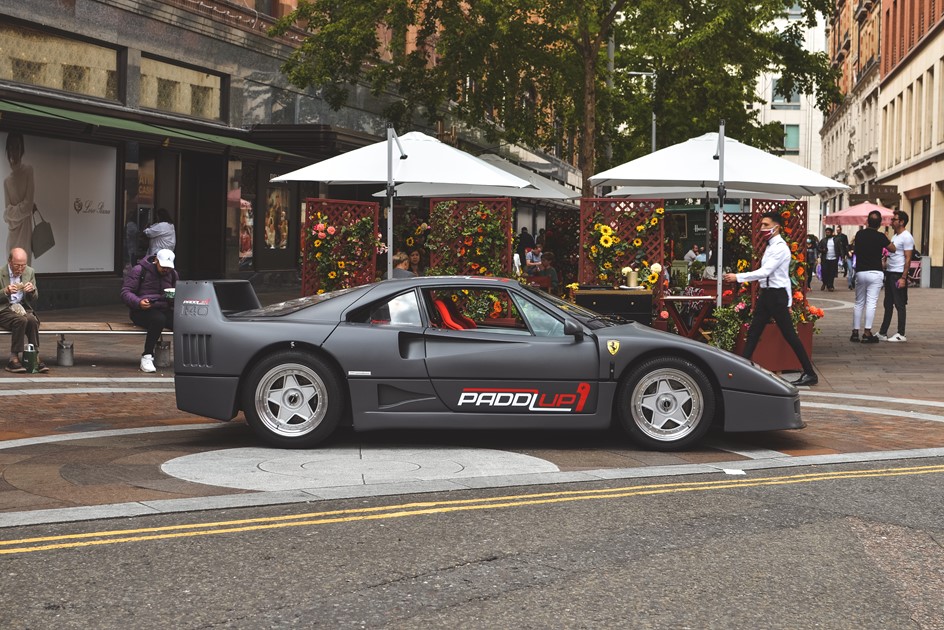
Mileage
We further categorised the sold examples into subgroups depending on their mileage at auction. The six groups were: less than 1,000 miles, 1,000-3,000, 3,000-6,000, 6,000-10,000, 10,000-20,000 and 20,000 and above. What we gleaned from this data set was that the 1,000-3,000 category's polynomial line defied market norms, taking a clear linear line of appreciation over a 10-year stint. If your car has that range of miles, then you can almost guarantee enviable returns.
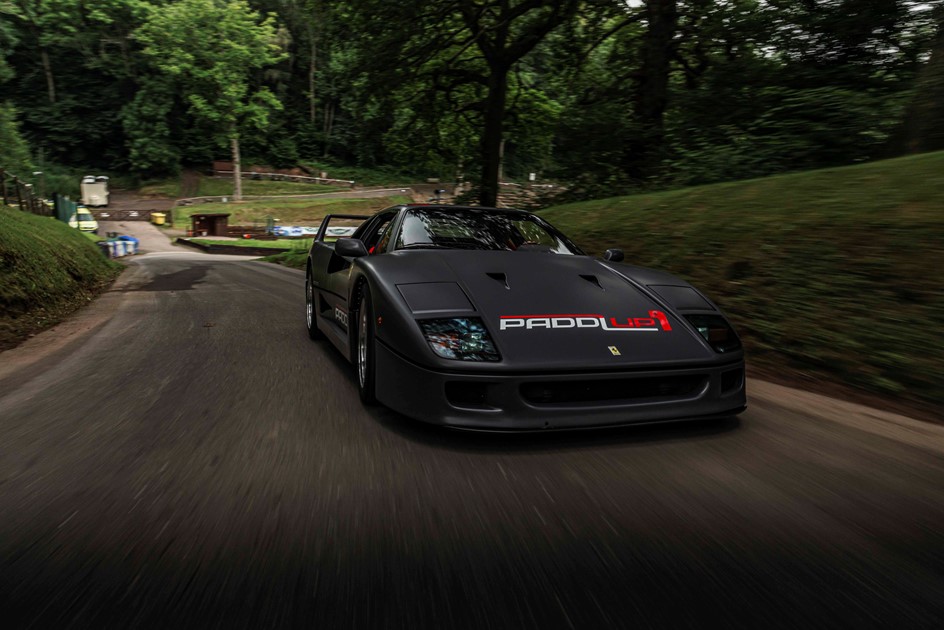
Return on investment
In a one-year period from 2017 to 2018, there was an appreciation of £150,000 or approximately 13 per cent for cars in the 1,000-3,000 range. Examples with between 3,000-10,000 miles, on the other hand, are those that are spiking dramatically at present, suggesting a fresh wave of realisation that an F40 is not only an iconic, goosebump-inducing car but also a unique investment opportunity. This same appreciation is present in the 10,000-20,000 range reinforcing the relentless upward trend for the model as a whole.
Since our first article on the PaddlUp-branded F40, average market values have increased from £1.42 million to £1.76 million (a mind-boggling 21 per cent), pair that with the tax-efficient nature of supercar buying/selling and this highlights itself as a very attractive investment opportunity.
Comparisons
It is rare to see a car of this value sell in such high volumes and – when compared to the Bugatti Veyron for example – appreciate exponentially. Sticking with the Veyron for a moment, auction prices for a generation-defining car such as this have remained steady at between one and two million pounds over the past 10 years.
One noteworthy aspect of the F40 compared to its predecessors and its successors was the sheer number of them that were produced. Far fewer examples of the other 'Big Five' Ferrari hypercars were recorded leaving the factory making the F40 and its rising value something of an anomaly amongst the other crown jewels of the prancing horse.
The 288 GTO and the Enzo enjoyed strong growth in the early 2010s before a pre-covid lul, but both cars are showing signs of a resurgence in the wake of the global pandemic. The F50 meanwhile, follows a similar path to that of the F40, with a clear linear trajectory over the last decade. Interestingly the LaFerrari seems to have no clear trajectory and the example's overall condition is absolutely crucial to any valuation.
Conclusion
In just five years, the F40 will celebrate its 40th anniversary, and so it would seem almost an inevitability that the market surrounding this supercar icon would see yet another dramatic spike in auction values. History will undoubtedly repeat itself with a very similar trend line projected towards the end of the 2020s.
